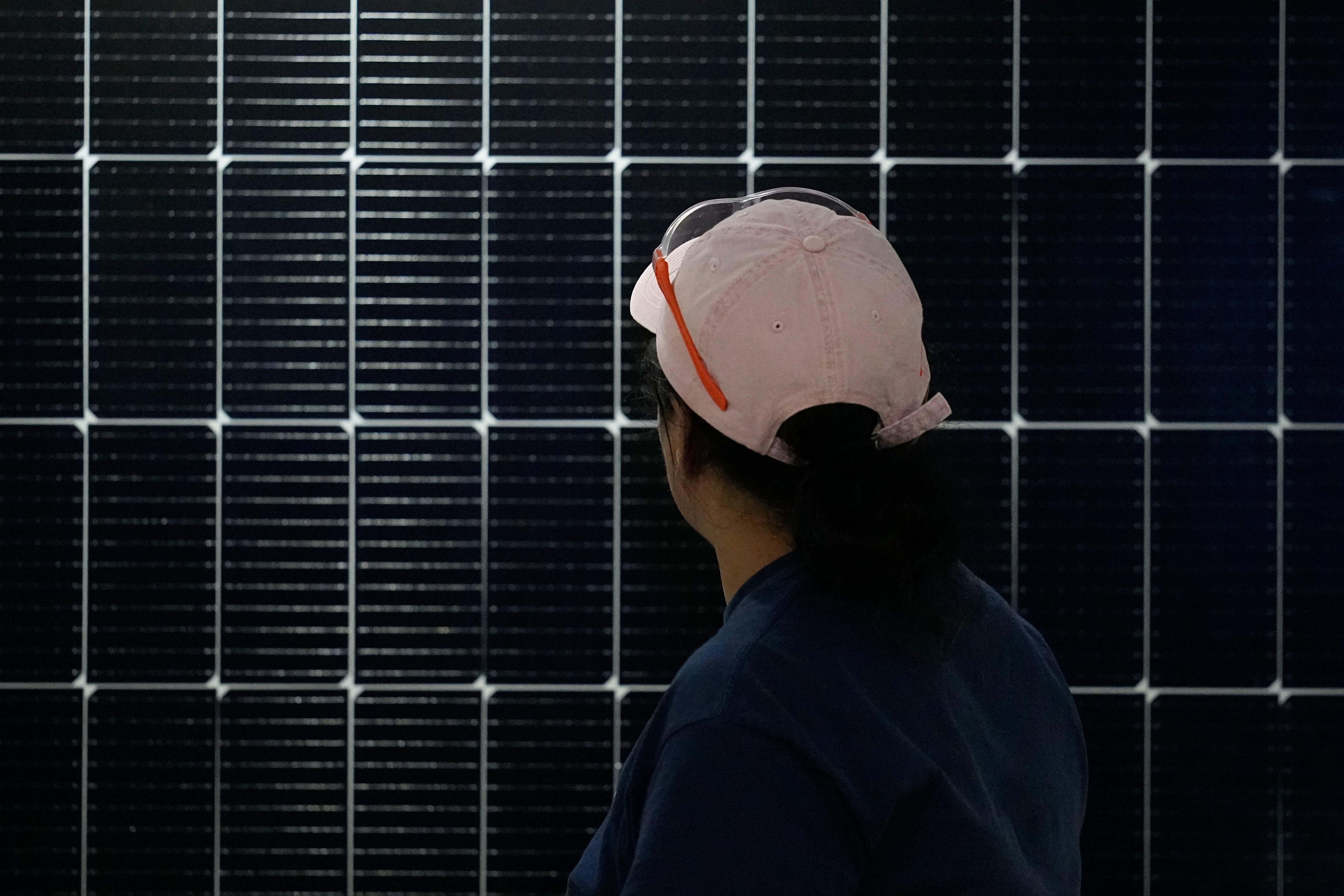Breakthrough could lead to stretchy solar panels, creators say
Elastic solar cells could be used to power wearable technology and other devices

Your support helps us to tell the story
From reproductive rights to climate change to Big Tech, The Independent is on the ground when the story is developing. Whether it's investigating the financials of Elon Musk's pro-Trump PAC or producing our latest documentary, 'The A Word', which shines a light on the American women fighting for reproductive rights, we know how important it is to parse out the facts from the messaging.
At such a critical moment in US history, we need reporters on the ground. Your donation allows us to keep sending journalists to speak to both sides of the story.
The Independent is trusted by Americans across the entire political spectrum. And unlike many other quality news outlets, we choose not to lock Americans out of our reporting and analysis with paywalls. We believe quality journalism should be available to everyone, paid for by those who can afford it.
Your support makes all the difference.A new breakthrough could help with the creation of stretchable solar cells, the researchers behind it say.
The flexible solar panels could be used to power wearable technology and other similar products, they suggest.
Many existing wearables require regular charging, for which they usually have to be removed, and have limited battery lives. As such, solar cells that could cope with being flexed and strained in use could be a key way of making them easier to use.
Now researchers say that they have found a way to make solar cells that have elasticity while still being able to work efficiently.
They have done so with the creation of a new material that satisfies both of those requirements – which they say has allowed them to create the world’s highest-performing stretchable organic solar cell. That material could also be used in other electronic devices that need to be stretchable or flexed as they are used, the engineers said.
It meets the highest reported level of efficiency for an organic solar cell of this kind, at 19 per cent, but is also 10 times as stretchy as existing devices, they say.
It can be stretched by up to 40 per cent even as it is used, the creators claim.
Solar cells have made their way to some consumer and wearable devices, such as Garmin’s smartwatches. But they are much harder to make in forms that are able to flex, such as implanting them in clothing or other soft products.
The new breakthrough from researchers at the Korea Advanced Institute of Science and Technology is reported in a paper, ‘Rigid- and soft-block-copolymerized conjugated polymers enable high-performance intrinsically stretchable organic solar cells’, published in the journal Joule.
Join our commenting forum
Join thought-provoking conversations, follow other Independent readers and see their replies
Comments